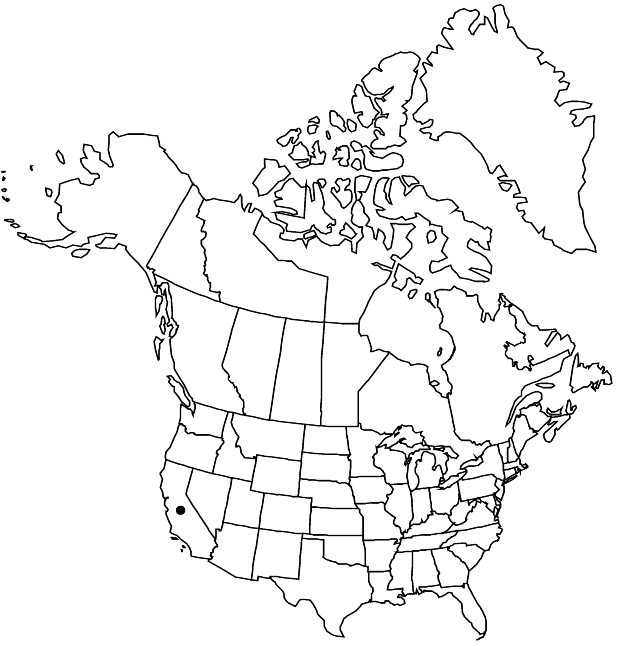Arctostaphylos otayensis
Madroño 5: 43, fig. 2d. 1939 ,.
Shrubs, erect or mound-forming, 1–3 m; burl absent; twigs sparsely short-hairy, glandular-hairy. Leaves erect; petiole 5–8 mm; blade gray-glaucous, dull, narrowly elliptic or oblong-elliptic to ovate, 2–3 × 1–2 cm, base rounded or truncate, margins entire, plane, surfaces smooth, finely appressed-tomentose, ± glabrescent. Inflorescences panicles, 4–7-branched; immature inflorescence branches ascending to erect, axis 1.5–2.5 cm, 1+ mm diam., sparsely short glandular-hairy; bracts not appressed, (spreading), leaflike, linear-lanceolate, 6–12 mm, apex acuminate, surfaces finely glandular-hairy. Pedicels 3–8 mm, finely glandular-hairy. Flowers: corolla white, conic to urceolate; ovary densely white-hairy, sparsely glandular. Fruits globose, 6–8 mm diam., sparsely hairy or glabrous. Stones partially distinct or connate. 2n = 26.
Phenology: Flowering winter–early spring.
Habitat: Chaparral
Elevation: 100-1200 m
Distribution

Calif.
Discussion
Of conservation concern.
Arctostaphylos otayensis is found in the mountains of southern San Diego County (e.g., Guatay, Jamul, Otay), near the border with Baja California. It has been reported from southern Riverside County and northern Baja California as well; those localities need to be confirmed.
Selected References
None.